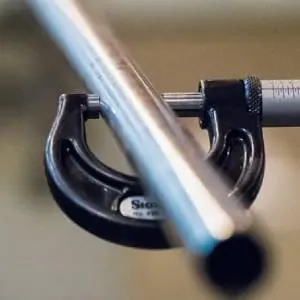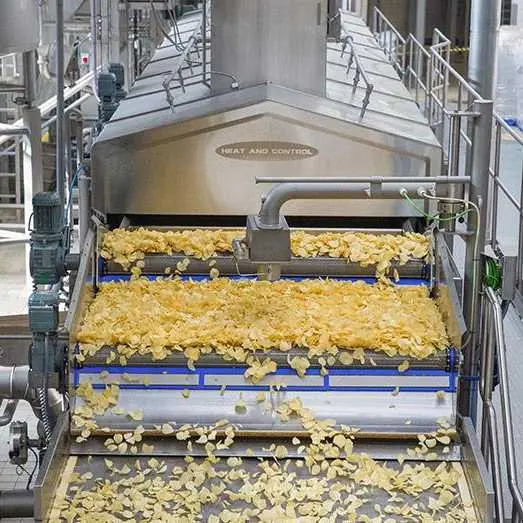
Understanding the Benefits and Applications of Laser Metal Flat Cutting Machines in Modern Manufacturing
The manufacturing industry is continuously evolving, driven by advancements in technology and an ever-growing demand for precision and efficiency. Among the numerous innovations that have emerged, the laser metal flat cutting machine stands out as a revolutionary tool in metal fabrication. This high-efficiency equipment has transformed traditional cutting methods by offering unparalleled accuracy, speed, and versatility. In this article, we will explore the benefits and applications of laser metal flat cutting machines, shedding light on why they are becoming an essential asset in modern manufacturing processes.
What is a Laser Metal Flat Cutting Machine?
A laser metal flat cutting machine utilizes a focused laser beam to cut through flat sheets of metal. The laser, typically composed of high-power CO2 or fiber technology, is concentrated onto the surface of the metal at a specific focal point, increasing the temperature to a point where the material melts or vaporizes. The process results in precise cuts with minimal heat-affected zones, reducing warping and distortion that can be common when using traditional cutting methods.
Key Benefits of Laser Metal Flat Cutting Machines
1. **Precision and Accuracy:**
One of the most significant advantages of laser cutting is its precision. These machines can achieve tolerances of mere microns, making them ideal for intricate designs and detailed components. The high level of accuracy reduces the need for extensive secondary processing, saving time and associated costs.
2. **Speed and Efficiency:**
Laser cutting machines operate at high speeds, allowing for rapid processing of metal sheets. This efficiency translates to significant time savings in production cycles, enabling manufacturers to meet tight deadlines and increasing overall output. Additionally, laser cutting can easily handle both thick and thin materials without compromising performance.
3. **Versatility:**
Laser metal flat cutting machines can cut through a variety of metals, including stainless steel, aluminum, brass, and more. They can also handle different thicknesses, making them suitable for various applications in diverse industries. From automotive to aerospace, from construction to electronics, the versatility of laser cutting technology has made it a preferred choice for many sectors.
4. **Reduced Material Waste:**
With traditional cutting methods, there’s often significant waste generated due to excessive cutting kerfs and inaccurate cuts. Laser cutting machines boast a narrow kerf width, which means they require less material to achieve the desired results. This efficiency not only reduces waste but also helps in lowering material costs, making operations more sustainable.
5. **Automation and Integration:**
Many modern laser metal flat cutting machines can be integrated into automated manufacturing systems. This capability enables seamless production lines where the cutting machine works in conjunction with other equipment, such as robotic arms, for loading, unloading, and further processing. Automation significantly reduces labor costs and enhances the overall workflow.
6. **Minimal Setup and Tooling:**
Unlike traditional cutting methods that may require various cutting tools and setups for different jobs, laser cutting machines require very little setup changes. This flexibility allows manufacturers to quickly switch between different products and designs, making it ideal for job shops and manufacturers with varying order sizes.
Applications of Laser Metal Flat Cutting Machines
Laser metal flat cutting machines are employed across various sectors due to their numerous advantages. Some of the notable applications include:
– **Automotive Industry:**
In automotive manufacturing, precision is paramount. Laser cutting is employed for components such as brackets, chassis parts, and intricate designs required in modern car production.
– **Aerospace:**
The aerospace industry relies heavily on lightweight materials and complex shapes. Laser cutting machines facilitate the production of high-precision parts while keeping weight to a minimum.
– **Construction:**
Metal fabrication for construction components such as beams, frames, and support structures often utilizes laser cutting due to its ability to produce accurate cuts efficiently.
– **Electronics:**
In electronics manufacturing, laser cutting is used for producing circuit boards and housings for various devices, where precision is critical.

Understanding the Benefits and Applications of Laser Metal Flat Cutting Machines in Modern Manufacturing
– **Art and Design:**
Beyond industrial applications, laser cutting technology is also popular in artistic endeavors, enabling the creation of intricate designs in metal artwork, signage, and decorative elements.

Understanding the Benefits and Applications of Laser Metal Flat Cutting Machines in Modern Manufacturing
Conclusion
In summary, the laser metal flat cutting machine represents a major leap forward in metal fabrication technology. Its benefits of precision, efficiency, and versatility make it an invaluable tool in various industries. As technology continues to advance, the role of laser metal cutting is expected to expand even further, paving the way for innovative applications and improved manufacturing processes. For businesses looking to stay competitive in today’s market, investing in a laser metal flat cutting machine could very well be the key to unlocking new potential and enhancing operational capabilities. Stainless Steel Fiber Laser Cutter Price


